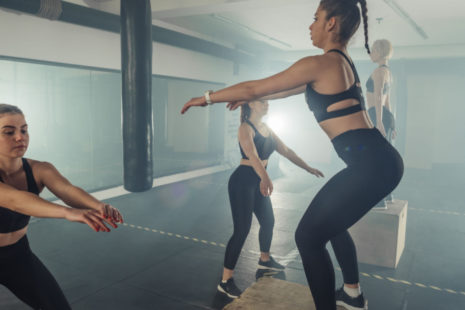Brazilian Jiu-Jitsu (BJJ) can contribute to strengthening the neck muscles indirectly, as it involves various grappling techniques and positions that engage the muscles of the neck and upper body. While BJJ primarily focuses on ground-based grappling, joint locks, and submission holds, practitioners often use their neck muscles to maintain proper posture, control opponents, and defend against submissions.
Here are some ways BJJ may help strengthen the neck…
- Postural Control – BJJ emphasizes maintaining good posture and body alignment during training and sparring sessions. Proper posture requires engagement of the neck muscles to support the head and maintain stability in various positions, including standing, kneeling, and lying on the ground.
- Defensive Techniques – In BJJ, practitioners learn defensive strategies to protect themselves from being submitted or controlled by their opponents. This may involve using the neck muscles to resist chokes, joint locks, and other submission attempts, thereby building strength and resilience in the neck region.
- Grip Fighting – Grip fighting is a fundamental aspect of BJJ, involving gripping and controlling your opponent’s gi (uniform) to establish dominant positions and execute techniques. Gripping techniques often require strength and endurance in the hands, wrists, arms, shoulders, and neck muscles.
- Takedowns and Throws – While BJJ primarily focuses on ground fighting, practitioners may also learn takedowns and throws to bring opponents to the ground. Some takedowns and throws involve using the neck muscles to generate force and maintain control over the opponent’s body during the execution of the technique.
- Resisting Pressure and Weight – During sparring sessions, practitioners may experience pressure and weight being applied to their bodies by their opponents. This pressure can challenge the stability and strength of the neck muscles as they work to support the head and upper body while maintaining position and control.
- Bridge and Hip Escape – BJJ drills often involve bridging (lifting the hips off the ground) and hip escape (shrimping) movements to create space and escape from inferior positions. These movements engage the muscles of the neck, core, and hips to generate power and facilitate movement.
While BJJ can contribute to strengthening the neck muscles, it’s important to train safely and progressively to avoid overexertion or injury. Practitioners should focus on maintaining proper technique, using controlled movements, and listening to their bodies to prevent strain or overuse of the neck muscles. Incorporating specific neck strengthening exercises, such as neck bridges, resistance band exercises, and isometric holds, into a well-rounded strength and conditioning program can complement BJJ training and help build neck strength and resilience over time.




